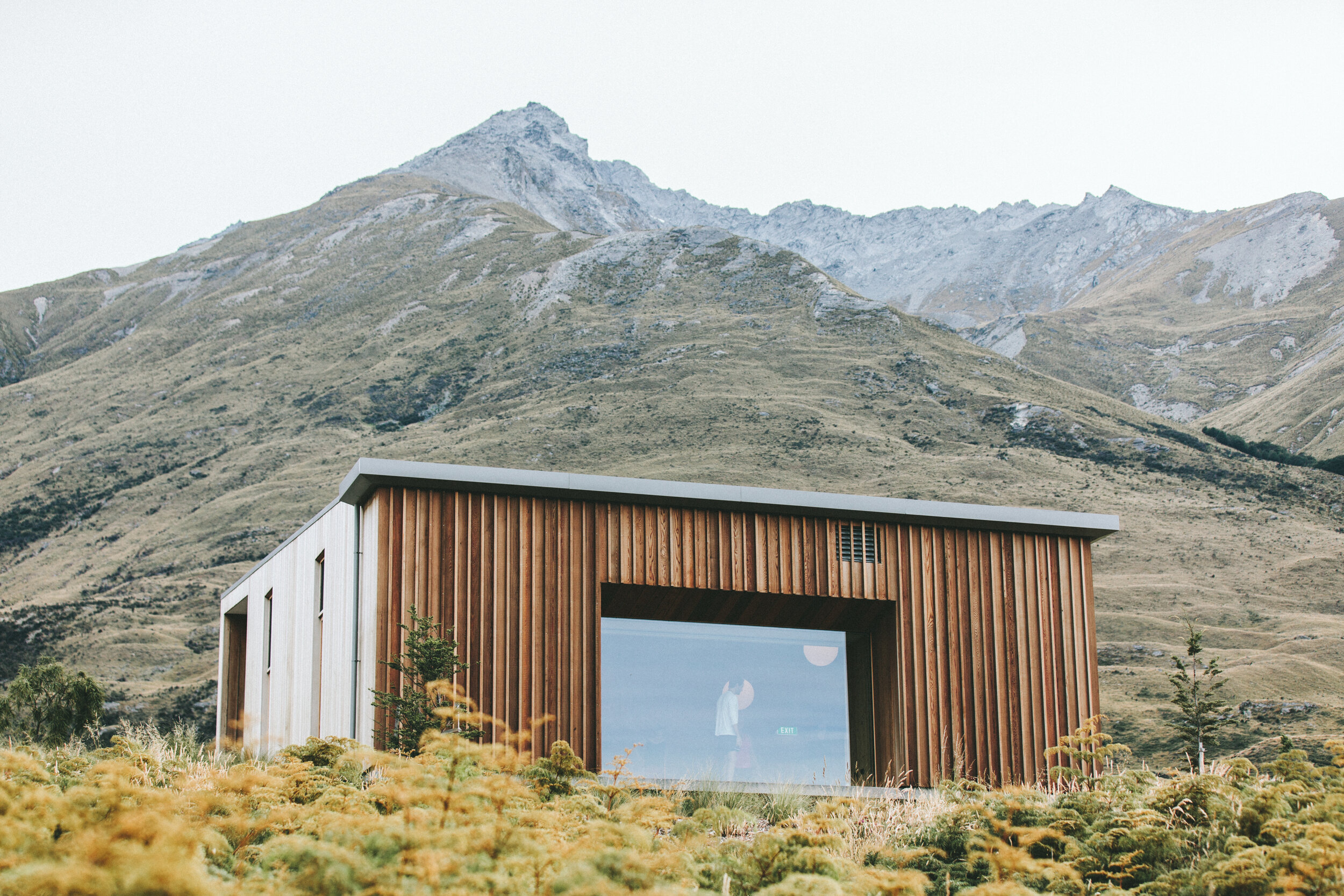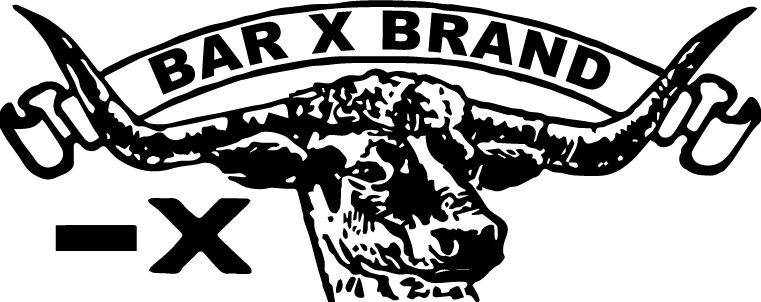
WHAT IS CARNE SECA?
TRADITIONAL ALL-NATURAL BEEF JERKY
CARNE SECA: What is it?
Unlike the common thick and chewy jerkies of the north, Carne Seca is an old-fashioned dry and crispy style of jerky made to be a healthy and nutritious, shelf stable snack.
J & D makes real beef jerky with only the natural ingredients needed to make jerky.
Beef Jerky a History:
Many believe that jerky was first made by a South American native tribe called the Quechua (part of the ancient Inca Empire) in 1550 in modern-day Peru. The dried meat "Ch'arki", was boned and defatted meat like deer, or buffalo which had been cut into slices and salted. This meat was sun-dried or smoked. In South America, the Native Americans ate sun-dried venison and buffalo called tassajo, which was made with strips of meat dipped in maize flour, sun and wind dried, and then tightly rolled up into balls. North American Cree Indians mixed berries and suet (fat) with pounded cooked meat and pressed into concentrated small cakes to make pemmican.
Biltong came from pioneering South African forefathers who sun-dried meat while traveling across the African subcontinent. Folklore has it that African tribesmen would place strips of venison under the saddles of their horses to tenderize and spice the meat! Seasoning became a blend of vinegar, salt, sugar, coriander, and other spices.
Native Americans and early settlers dried meat primarily from deer, elk, or buffalo using salt, whatever spices they had, and sun drying. As the Spanish arrived, the name evolved to charqui. Most travelers preferred to pound the charqui between large stones and boil it in water before eating. This was still being done in New Mexico until recently. During ocean exploration and colonization, the Spanish sailors stocked the pacific islands with goats. What couldn't be eaten would then be cut into strips and hung in their ships to air dry. When the Spanish Conquistadors invaded the Americas, they were surprised to see the natives of North America drying meat as well. Soon, the natives adopted the Spanish term, Charqui, only adding their accent; the word "jerky" first came to be. North American Pioneers would first dry meat by hanging it on the outside of their covered wagon sun drying (2-3 days). Another method was to build a scaffold over a slow fire and smoke the strips. While the heat and smoke would complete the process in half a day, the smoking method required a stopover; it wasn't long before awareness for disease and germs became prevalent and smoking became the preferred method. However once dried properly, the meat could be placed in a sack and put in a saddlebag. It was compact, high in protein and nutrients, and could be used as meat in a stew The riders of the old west would use jerky as a high nutrient food that was easily carried across areas where food and water were scarce, like New Mexico. Our Old Fashioned Bar X Brand Beef Jerky is almost identical to that old-time beef jerky. Look around the web and see if you see a jerky with the words:Ingredients: Beef, Salt
